
The Vietnam War, known in Vietnam as the Resistance War Against America or the American War, was a conflict that not only shaped the geopolitical landscape of Southeast Asia but also deeply influenced American society, policy, and culture. It was a long, costly, and divisive war, with roots in colonial history and Cold War politics.
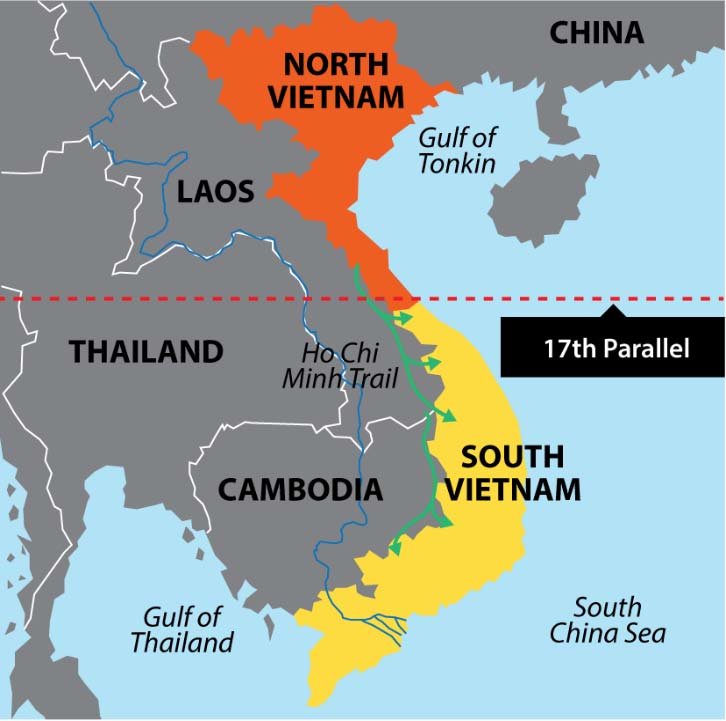
The Start: Origins and Escalation
The conflict began as a struggle for independence against French colonial rule. After the French defeat at Dien Bien Phu in 1954, Vietnam was temporarily divided at the 17th parallel. The Geneva Accords aimed for reunification elections, but these never occurred due to fears of a communist victory.
U.S. Involvement: Initially limited to financial aid and advisors, American intervention escalated due to the domino theory, which posited that if one Southeast Asian country fell to communism, others would follow.
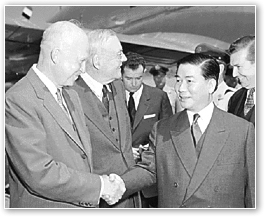
The Middle: Escalation and Conflict
By the mid-1960s, under President Lyndon B. Johnson, the U.S. significantly ramped up its involvement:
Gulf of Tonkin Incident: In 1964, alleged attacks on U.S. ships led to the Gulf of Tonkin Resolution, giving Johnson broad powers to increase military presence in Vietnam.
Operation Rolling Thunder: A bombing campaign against North Vietnam began in 1965, marking a significant escalation.
Ground Troops: By the end of 1965, U.S. combat troops were engaged in ground combat, with troop numbers reaching over 500,000 at the war's peak.
The Tet Offensive: In 1968, North Vietnamese and Viet Cong forces launched a coordinated offensive against South Vietnamese cities. Although a military failure for the communists, it was a psychological and political victory, turning public opinion against the war.
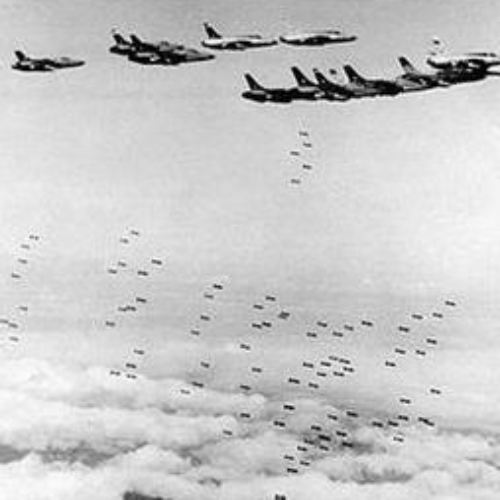
Protests at Home
As the war continued, opposition grew in the United States:
Anti-War Movement: Protests, draft card burnings, and massive demonstrations became common, reflecting a divide in American society.

The End: Withdrawal and Aftermath
The U.S. policy shifted with the election of President Richard Nixon:
Vietnamization: Nixon's plan aimed at gradually withdrawing U.S. troops while strengthening South Vietnamese forces.
Paris Peace Accords: In 1973, an agreement was reached, leading to the withdrawal of U.S. combat forces, although the war continued between North and South Vietnam.
Fall of Saigon: In April 1975, North Vietnamese forces captured Saigon, leading to the reunification of Vietnam under communist rule.
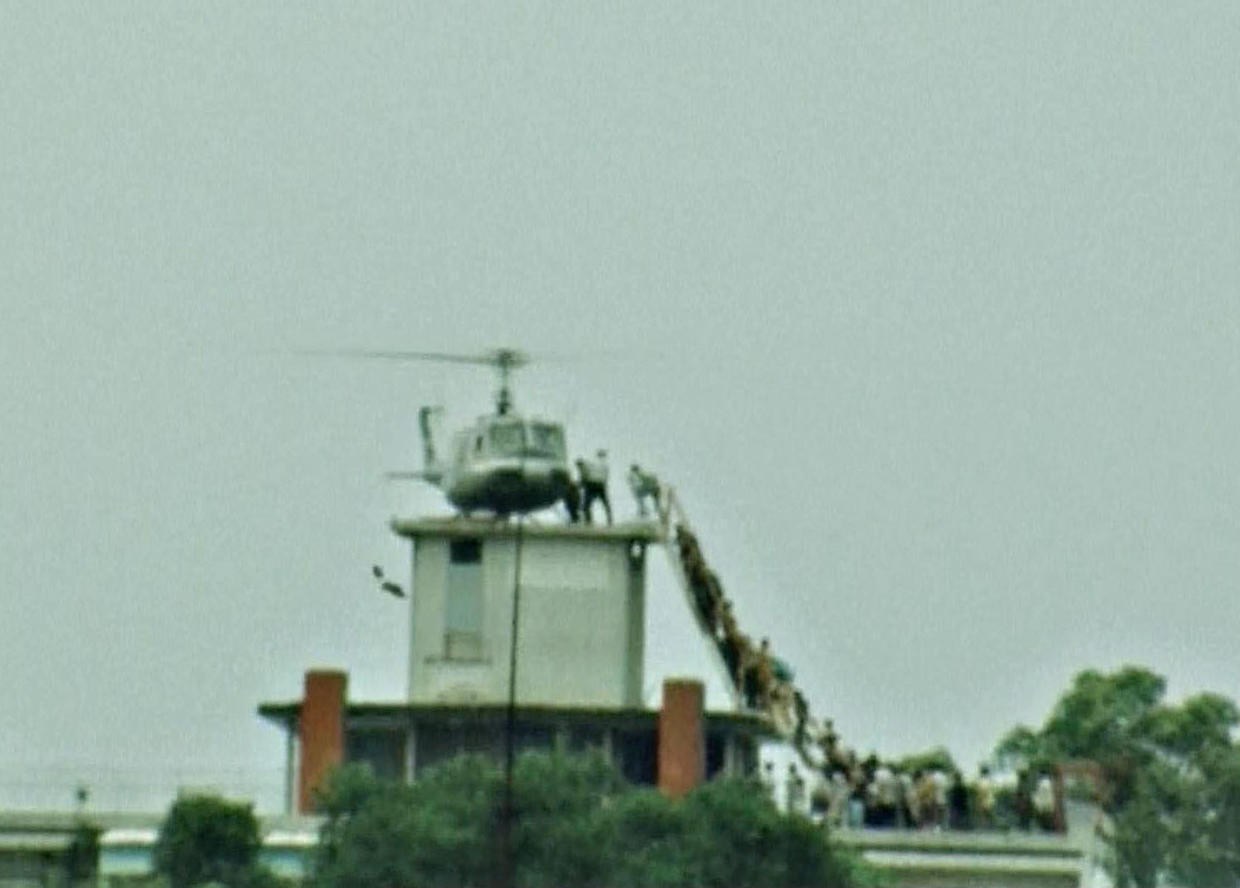
Legacy of the War
Human Cost: Over 58,000 American soldiers died, with millions of Vietnamese casualties.
Veterans: Many veterans faced physical and psychological challenges post-war, leading to changes in veteran benefits and awareness of PTSD.
Social and Cultural Impact: The war influenced American music, film, literature, and changed how the U.S. views military engagements.
International Relations: The war altered U.S. foreign policy, leading to a more cautious approach to military intervention.
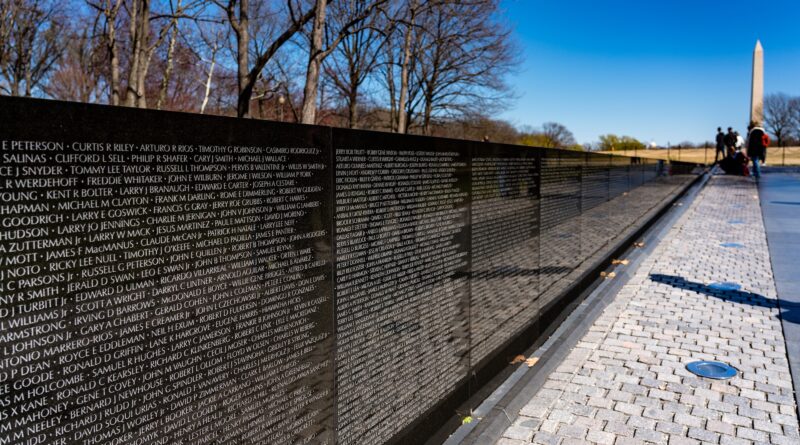
Conclusion
The Vietnam War was not just a conflict fought in jungles and rice paddies but was a war that transformed societies, both in Vietnam and America. It remains a poignant reminder of the complexities of foreign policy, the impact of war on human lives, and the ongoing dialogue about America's role on the global stage.


Comments (0)